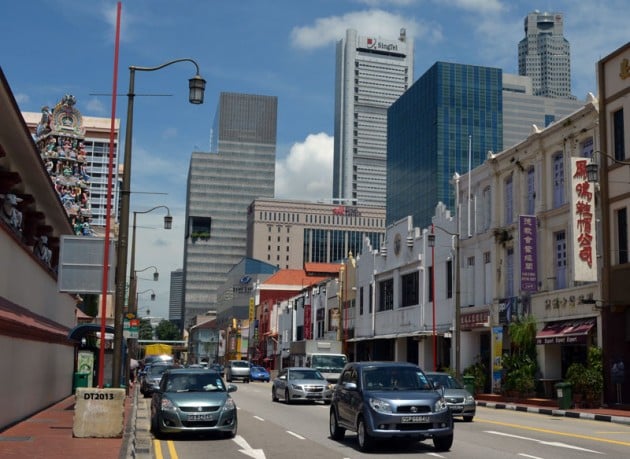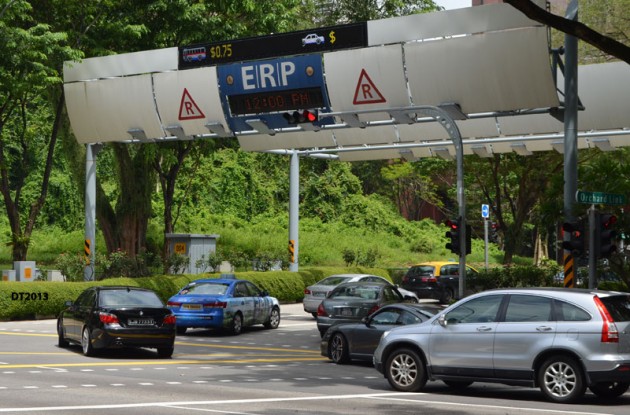Rules and legislations must move with the times, and Singapore’s Certificate of Entitlement (COE) system is on the table for a revamp. To spread car ownership more evenly, the island republic’s government is considering levying a surcharge on second and third cars owned by one individual. Also to be reviewed are how the COE categories are defined.
Like Malaysia’s road tax system, COE categories are based on engine capacity, and it worked fine until the European carmakers started the downsizing wave, putting more and more premium models into lower categories. It could be news to some that stalwarts like the Toyota Corolla and Mitsubishi Lancer no longer rule the SG car sales charts. In their place are VWs, Audis and BMWs.
Luxury cars took up about a third of Category A registrations last year, compared to just 7% in 2010. Cat A was the traditional home of the mass market family car with engine capacity of 1,600 cc and below.
“Models such as Mercedes C180 Kompressor and Audi A1 have an open market value and engine power that is significantly higher than those of more mass-market models such as Toyota Corolla Altis and Honda City. While this is a reflection of increasing affluence and consumer preferences, we also want to make sure that Category A, which is intended for buyers of smaller budget cars, retains its original purpose,” said Transport Minister Lui Tuck Yew.
Categorising cars based on horsepower is one option. “Cars, for instance MPVs, Honda Stream, Toyota Wish, they are in Category B because of their cc. But in terms of their horse power and in terms of (buyers), it should be for those lower and middle income people. So if they are in Category B, it causes a stress to them, because they are challenging those big boys,” Honorary Secretary of the Singapore Vehicle Traders Association Raymond Tang commented, adding that sorting cars by hp will be fairer to middle income buyers.
The rich who want to own more than one car could soon be paying more for the privilege. “I am open to considering sensible options that could possibly take the form of, for example, levying a surcharge for the second, third or more cars owned by the same individual. The rationale would be that in exchange for the privilege of owning several cars, these owners should pay proportionately more by way of levies,” Lui added.
The public and industry players will be consulted on the proposed changes, before a decision is made later this year. Commercial vehicles and motorcycles will not be affected.
It’s not easy to own a car in land starved Singapore. Earlier this year, the Monetary Authority of Singapore placed a cap on motor vehicle loans, enforcing maximum loan at 50% and a maximum loan tenure of five years. MAS said the move was to encourage financial prudence. Read the full story here.
Looking to sell your car? Sell it with Carro.













AI-generated Summary ✨
Comments generally express strong opinions about Singapore's COE system, highlighting its high car prices, strict regulations, and how it effectively controls vehicle ownership on a small island with high income levels. Many note that despite the higher earning Singaporeans, owning a car remains expensive due to COE costs, and they praise Singapore's public transport system. Some compare Malaysia's lower car prices unfavorably, criticizing its public transport and government policies. Others discuss the fairness of the COE system, with some suggesting a lottery or open bidding to make it more equitable. Overall, sentiments are mixed but tend to favor the idea that Singapore's COE system successfully manages congestion and car ownership, though some argue it imposes unfair burdens on citizens.